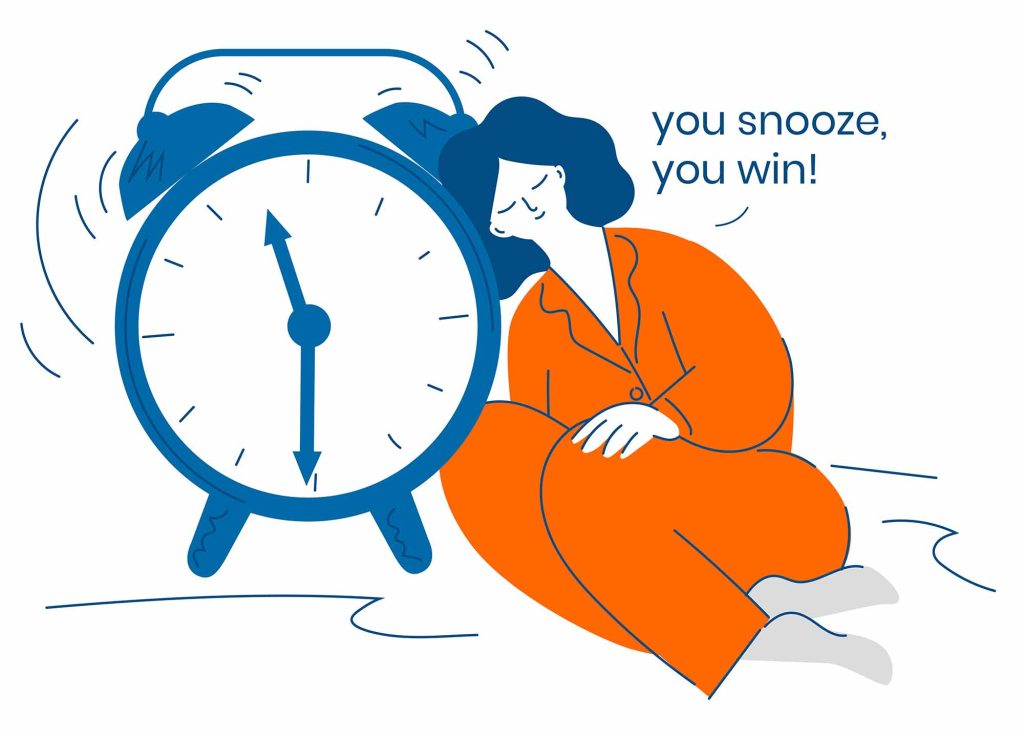On Sunday, March 12 at 2 a.m., don’t forget to advance your clocks forward one hour for Daylight Saving Time (DST). (Remember spring forward, fall back). This applies to most of the country, Hawaii, Arizona, Puerto Rico, Guam, and the U.S. Virgin Islands excepted. Europe and Canada also observe DST.
 For many, the change is less-than-desirable even irksome because of the hour of sleep lost. On top of that, the mornings—and mood (ourselves included)—are darker, and evenings are brighter, which may make it generally harder to wake up and go to bed. Some credit—or blame— farmers who want more time to work their fields and/or the polymath, Benjamin Franklin, who proposed in a satirical 1784 essay in the Journal de Paris, a tax on individuals that use shutters and cannon blasts at sunup as a way to save money on candles and lamp oil (he never actually mentioned resetting the clock forward or back). However, the people most responsible for your loss of sleep are the New Zealand Entomologist George Hudson and William Willett, a British builder and avid golfer, who both wanted more “Summer Time” for their sunlight-required activities of bug-collecting and golf, respectively. Even so, it was Germany and Austria, not England or New Zealand, that became the first countries to institute “Sommerzeit”, German for Daylight Saving Time in 1916, the year after Willett’s death—out of a desire to conserve electricity and fuel during World War 1 (1914-1918). The rest of Europe adopted daylight saving shortly thereafter followed by the United States in 1918 and New Zealand in 1929.
For many, the change is less-than-desirable even irksome because of the hour of sleep lost. On top of that, the mornings—and mood (ourselves included)—are darker, and evenings are brighter, which may make it generally harder to wake up and go to bed. Some credit—or blame— farmers who want more time to work their fields and/or the polymath, Benjamin Franklin, who proposed in a satirical 1784 essay in the Journal de Paris, a tax on individuals that use shutters and cannon blasts at sunup as a way to save money on candles and lamp oil (he never actually mentioned resetting the clock forward or back). However, the people most responsible for your loss of sleep are the New Zealand Entomologist George Hudson and William Willett, a British builder and avid golfer, who both wanted more “Summer Time” for their sunlight-required activities of bug-collecting and golf, respectively. Even so, it was Germany and Austria, not England or New Zealand, that became the first countries to institute “Sommerzeit”, German for Daylight Saving Time in 1916, the year after Willett’s death—out of a desire to conserve electricity and fuel during World War 1 (1914-1918). The rest of Europe adopted daylight saving shortly thereafter followed by the United States in 1918 and New Zealand in 1929.
It may be a surprise to learn that what seems like little more than a nuisance or an inconvenience—after all, what’s one hour of sleep lost between friends—is increasingly associated with health issues including a 2.8% increase in daily mortality from several causes including heart attacks, strokes, traffic accidents, and suicides.1 This is especially the case for night shift workers who clock in outside of the regular 8 am to 5 pm hours. The reason is related to circadian rhythm disruption or disruption of the 24-hour internal clock, which regulates many biological processes including sleep/wake cycles, hormone secretion, and metabolism.
Disrupted daily rhythms are particularly and prominently on display in several neurodegenerative diseases, such as Alzheimer’s disease (AD), Huntington’s disease (HD), and Parkinson’s disease (PD), an area where we work, and which largely lacks effective treatments. A common characteristic of these diseases is damage to the suprachiasmatic nucleus (SCN), the master clock in the brain, which regulates the release of the sleep hormone melatonin. SCN damage is both a cause and a consequence of these diseases since sleep disruption not only coincides with the build-up of toxic proteins in the brain but also, in many cases, occurs before the onset of symptoms.
The proverb, “early to bed, early to rise, makes a man healthy, wealthy, and wise” is often attributed to Benjamin Franklin who, as previously mentioned, is also partly responsible for DST, even if he made the suggestion jokingly. Because this proverb was written well before the advent of DST, we suggest the following, more medically relevant, but still rhyming rephrase: “early to bed when it’s still light, early to rise when it’s still dark, all because of DST, makes a man prone to circadian rhythm disruption and early mortality.” Or, to quote the humorist James Thurber, “early to rise, early to bed, makes a male healthy, wealthy, and dead”. Thurber, a night owl, went on to explain that, “I used to wake up at 4 A.M. and start sneezing, sometimes for five hours. I tried to find out what sort of allergy I had but finally came to the conclusion that it must be an allergy to consciousness.” Bottom line: spring forward and fall back at your own risk, not that you have a choice in the matter.
- Poteser M, Moshammer H. Daylight Saving Time Transitions: Impact on Total Mortality. Int J Environ Res Public Health. 2020;17(5):1611.
